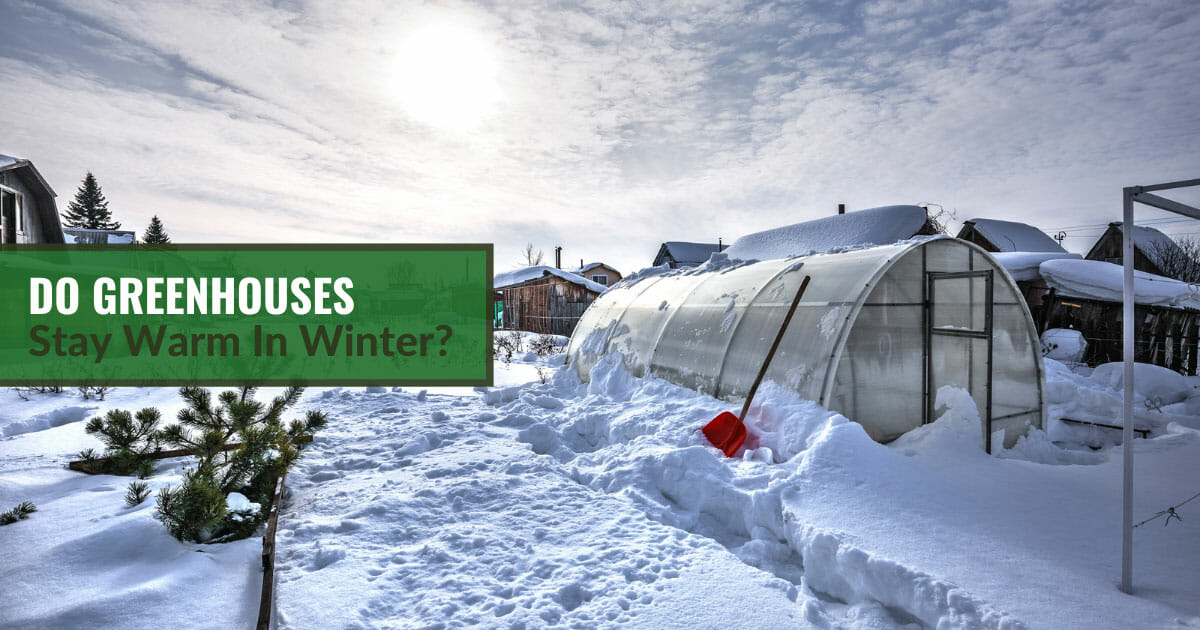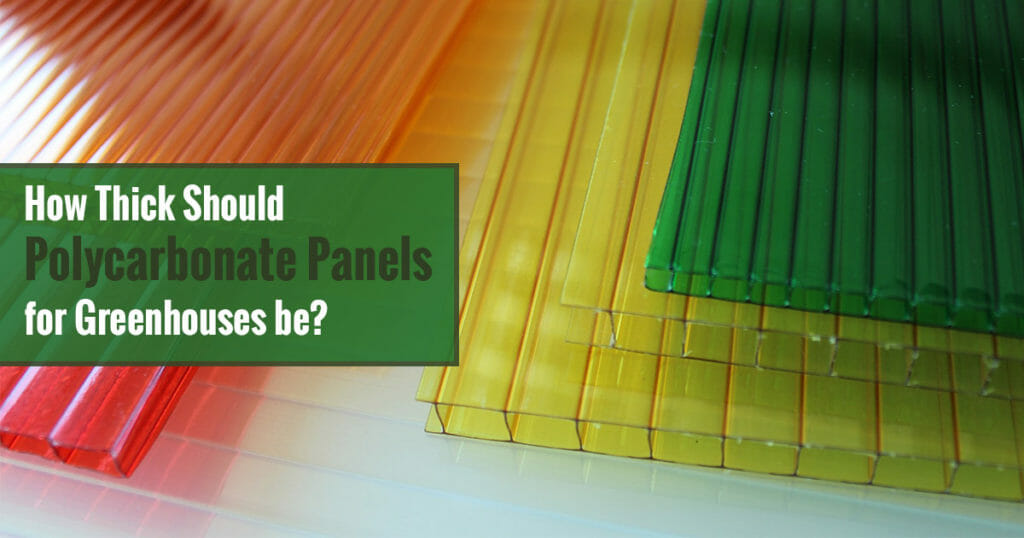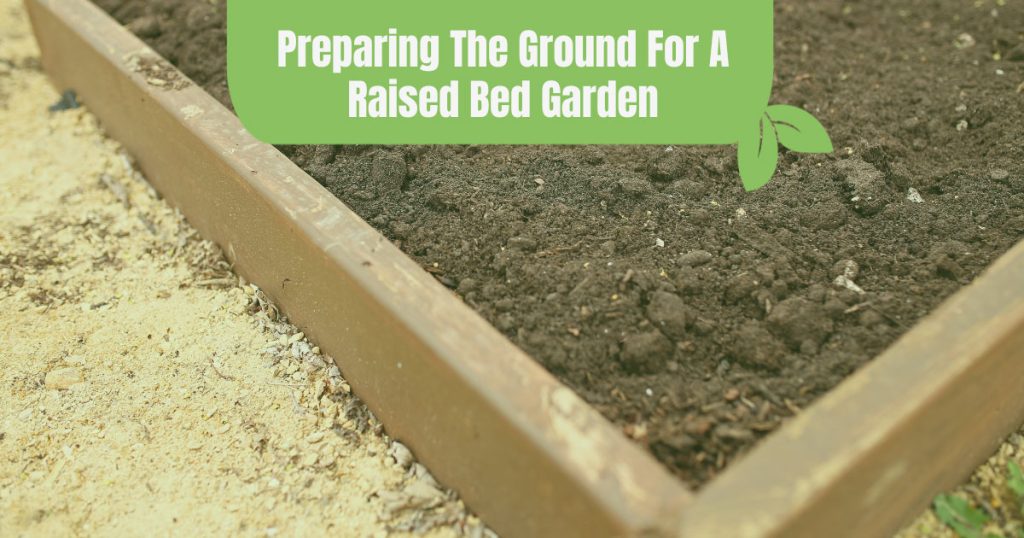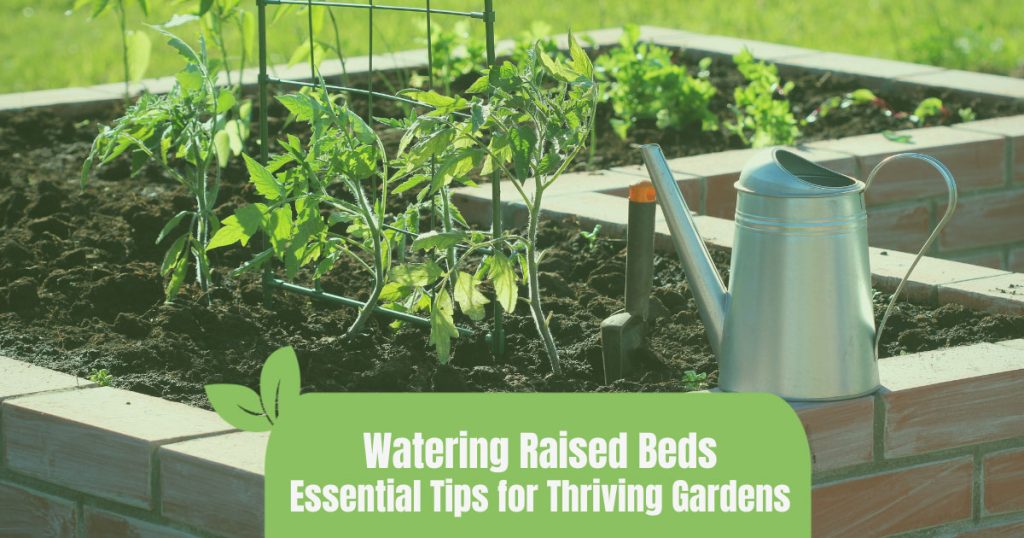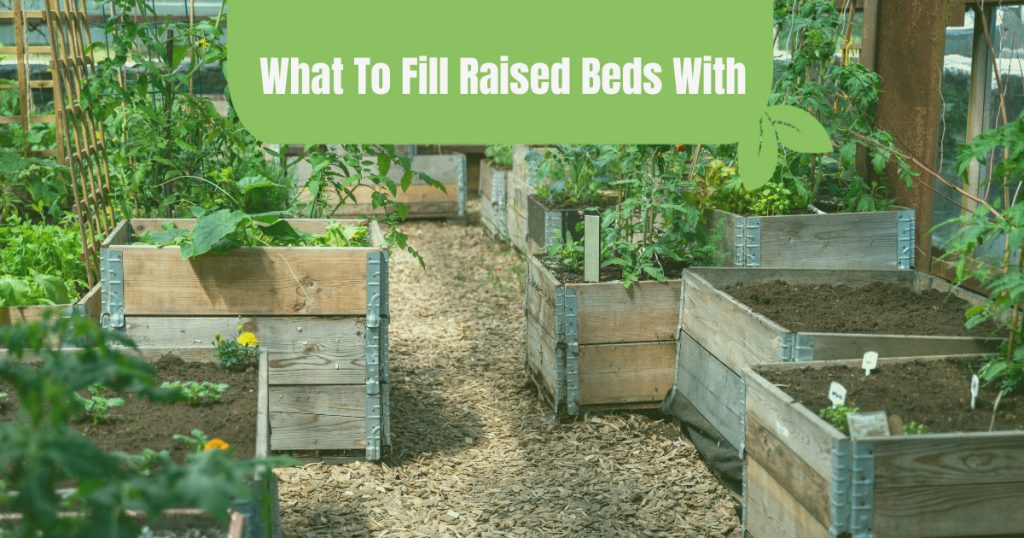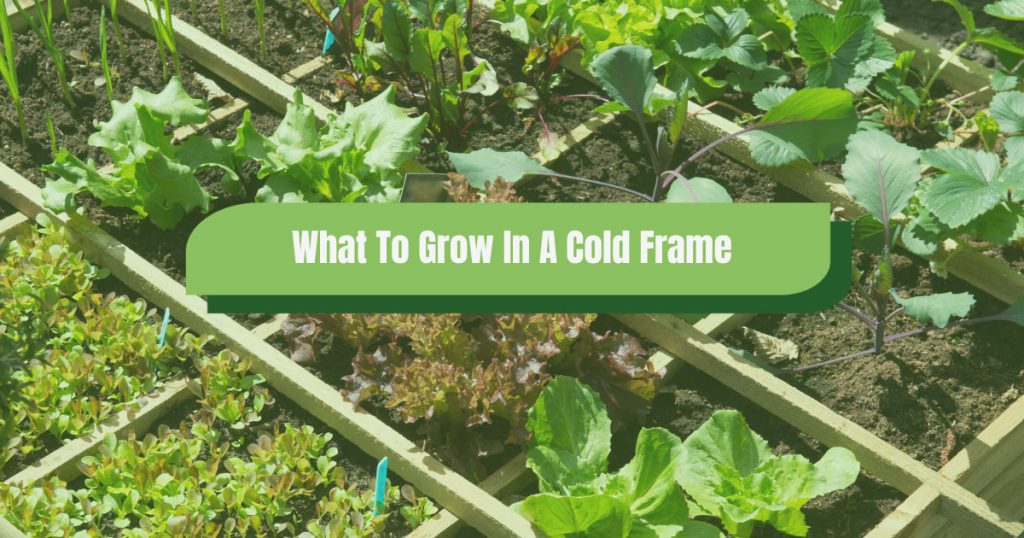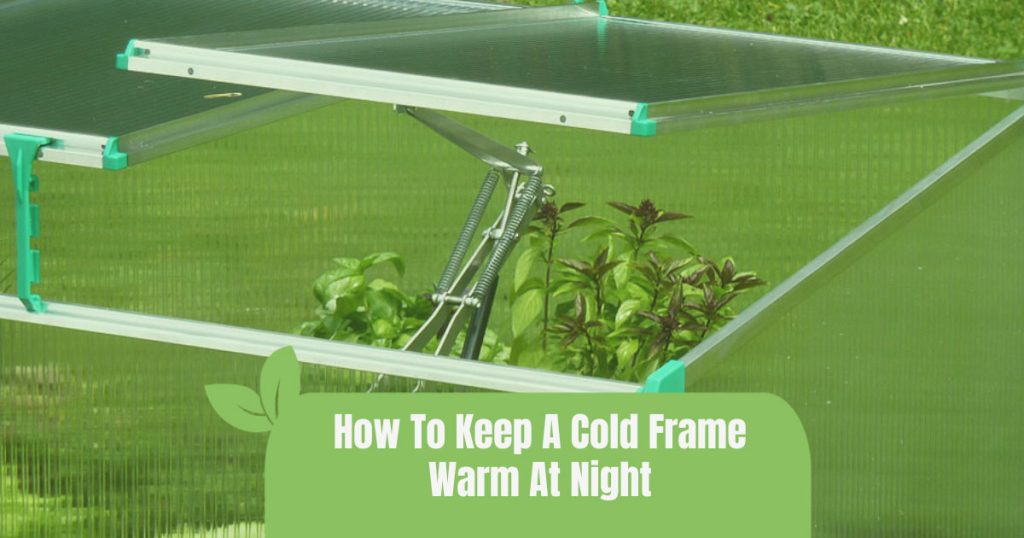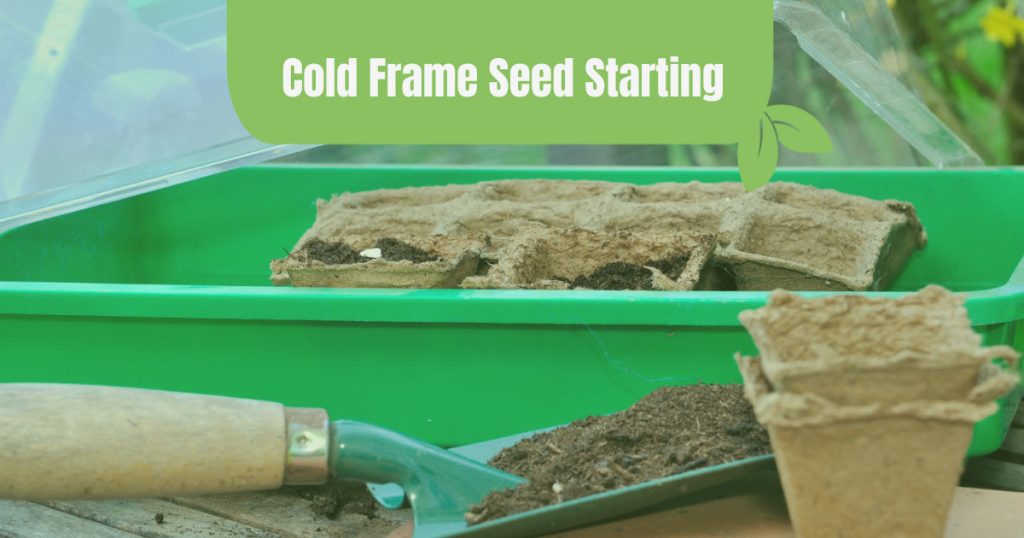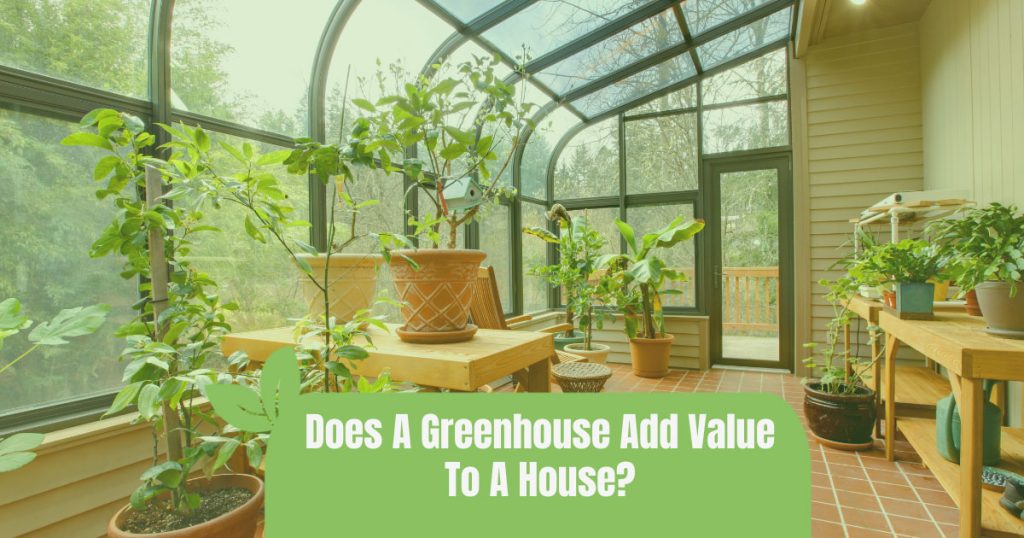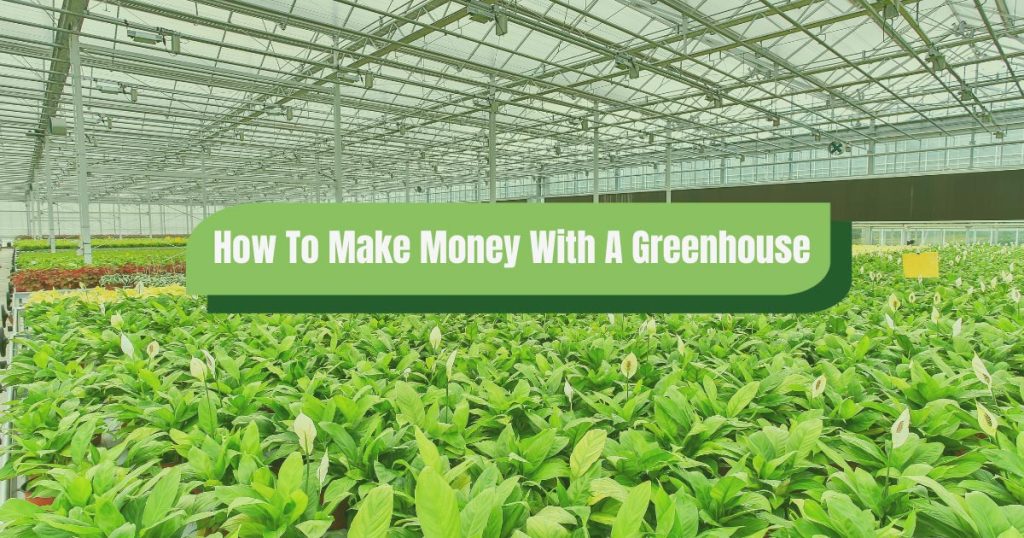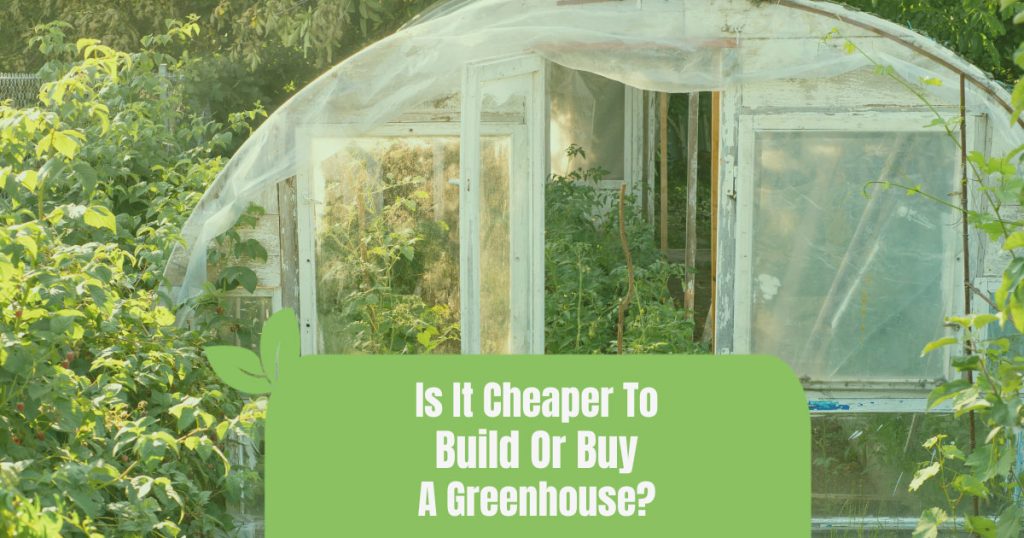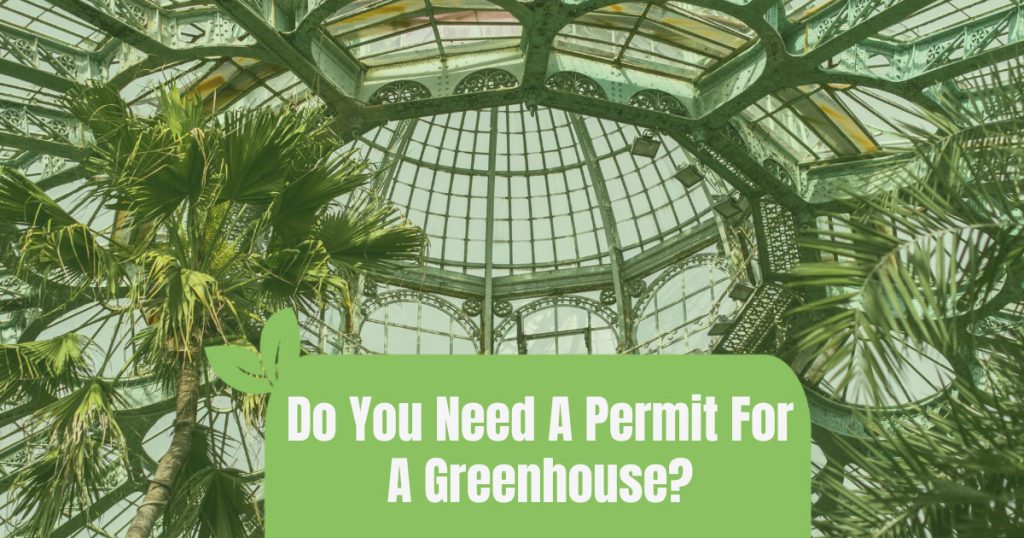

“Do greenhouses stay warm in winter?” you ask. The answer is a resounding yes!
Here at Greenhouse Emporium, we’re all about nurturing your gardening passions, regardless of the season.
In this article, we’ll delve into the science and strategies behind a toasty winter greenhouse. From understanding the basics to implementing advanced techniques, we’ve got you covered.
So, whether you’re a seasoned gardener or just starting out, join us as we explore the wonders of winter gardening in a greenhouse. Let’s get growing!
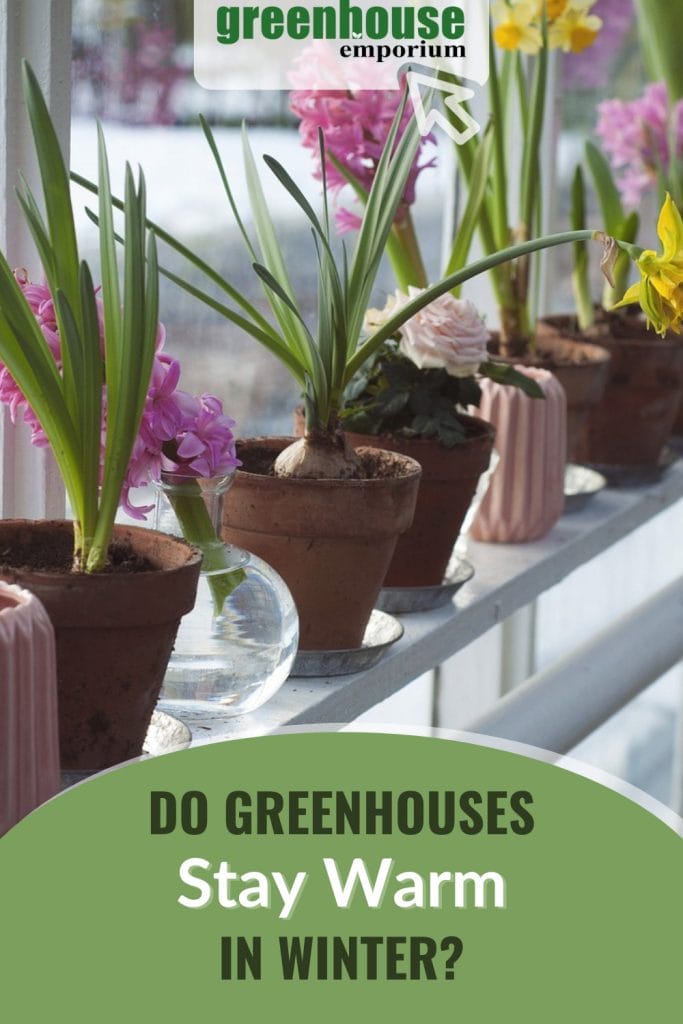
How warm do greenhouses stay in the winter?
Yes, greenhouses are specifically designed to stay warm during the winter. But how? Let’s dive into the details.
A straightforward idea underlies how greenhouses function: by allowing sunlight to enter, the plants and surfaces inside absorb it. This sunlight is then converted into heat, warming the interior.
The structure of the greenhouse, made of transparent materials like glass or polycarbonate, traps this heat, preventing it from escaping. This phenomenon is often referred to as the “greenhouse effect.”
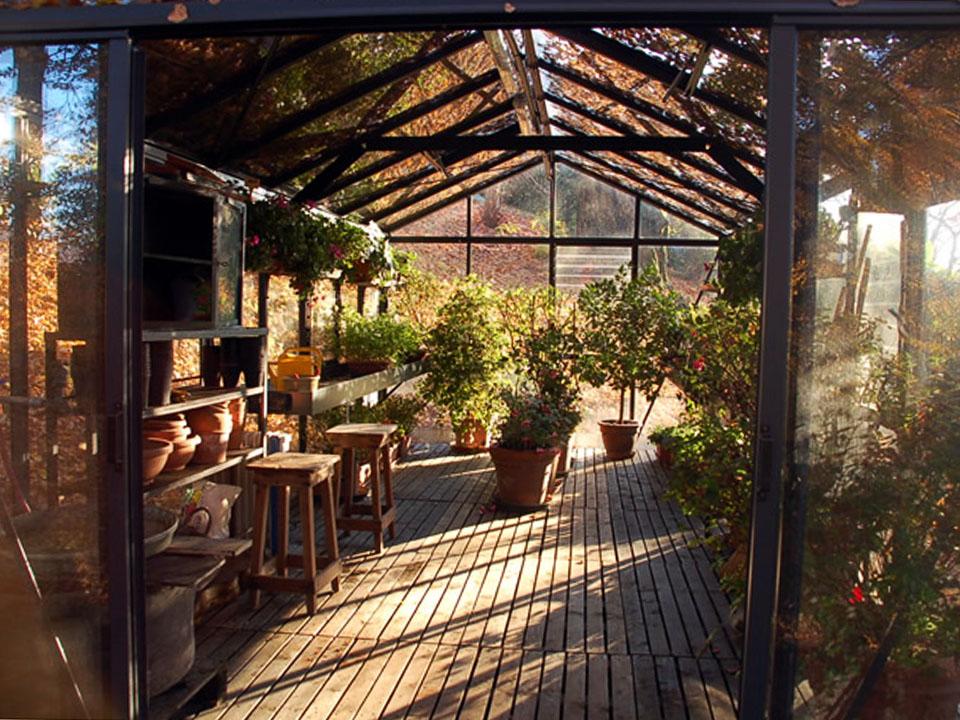
Greenhouse design matters
The design of your greenhouse plays a significant role in its ability to retain heat. For instance, the classic peaked-roof style is not only timeless but also practical. It’s ideal for shedding rain and snow, ensuring minimal heat loss.
The Gothic arch or onion-shaped greenhouses, with their pointy rooflines, are designed to prevent snow accumulation, ensuring better heat retention during heavy snowfalls.
If you’re looking to build a new one, consider our insulated greenhouse kit, which is designed for optimal warmth.
Materials make a difference
The materials used in constructing a greenhouse also impact its insulation properties. Greenhouse Emporium offers a variety of greenhouses made from different materials, each with its own unique insulating properties.
For instance, the Livingten Glass Greenhouse provides superior insulation with its thermo-insulated framing and 22mm dual-pane glass panels, ensuring a warm environment for plants even in the coldest months.

Location is key
The placement of your greenhouse can influence its warmth. It’s essential to position it in a spot where it can receive maximum sunlight, especially during the shorter winter days. Greenhouse Emporium emphasizes the importance of location in their guide, highlighting that a well-placed greenhouse can make a significant difference in temperature regulation.
The role of plants in greenhouse insulation
Plants play a pivotal role in maintaining warmth within a greenhouse by acting as natural insulators. As they undergo metabolic processes, plants generate heat, contributing to the overall temperature inside the greenhouse.
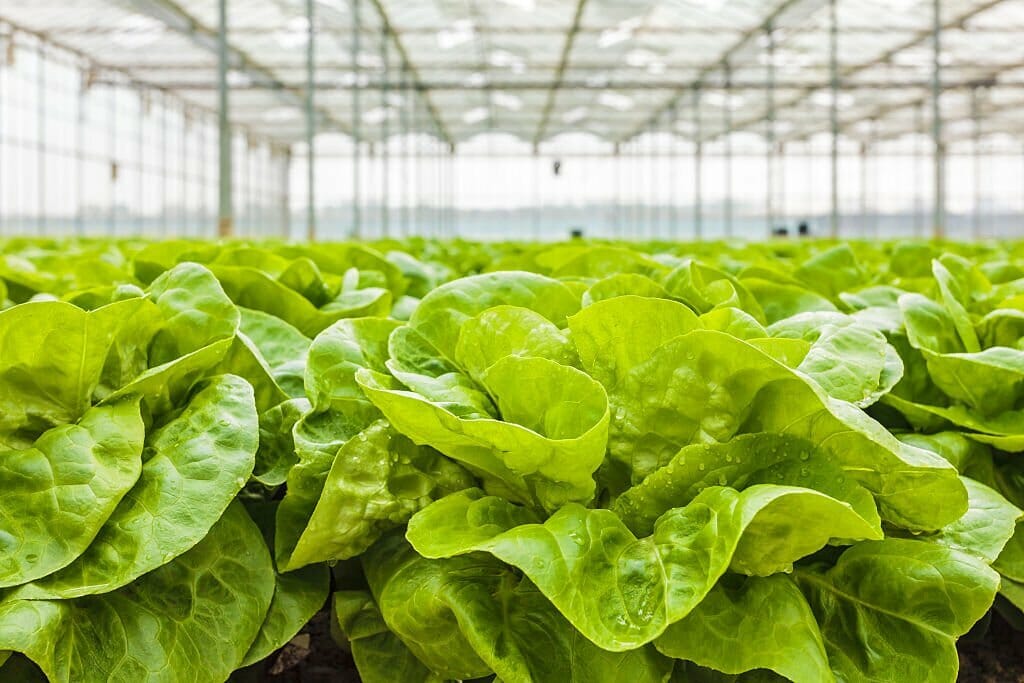
The more plants you cultivate, the more heat is produced, creating a warmer environment. This natural heat generation not only benefits the plants themselves but also aids in maintaining optimal conditions during colder months.
So, by simply increasing the number of plants in your greenhouse, you’re enhancing its insulation capabilities, ensuring a cozy haven for all your greenery.
Additional heating systems
While the greenhouse effect can naturally keep the environment warm, sometimes, in extremely cold climates, additional heating might be necessary. Greenhouse Emporium offers various accessories and tools to help gardeners maintain the desired temperature inside their greenhouses.
Greenhouses are designed to stay warm in winter, but their warmth can be influenced by their design, materials, location, and any additional heating systems in place.
What do you do with a greenhouse when it starts to get cold?
When the cold season approaches, it’s crucial to ensure your greenhouse is prepared to provide a warm and cozy environment for your plants. Here’s what we recommend based on our extensive experience and research at Greenhouse Emporium:
Check for drafts
Before the cold sets in, inspect your greenhouse for any gaps or cracks. Seal them promptly to prevent heat loss. Over the years, we’ve noticed that even the smallest gaps can make a significant difference in temperature regulation.
Positioning is key
According to our research, the placement of your greenhouse can greatly influence its warmth. Ensure it’s positioned to receive maximum sunlight, especially during the shorter winter days. Remember, sunlight is a natural heater!
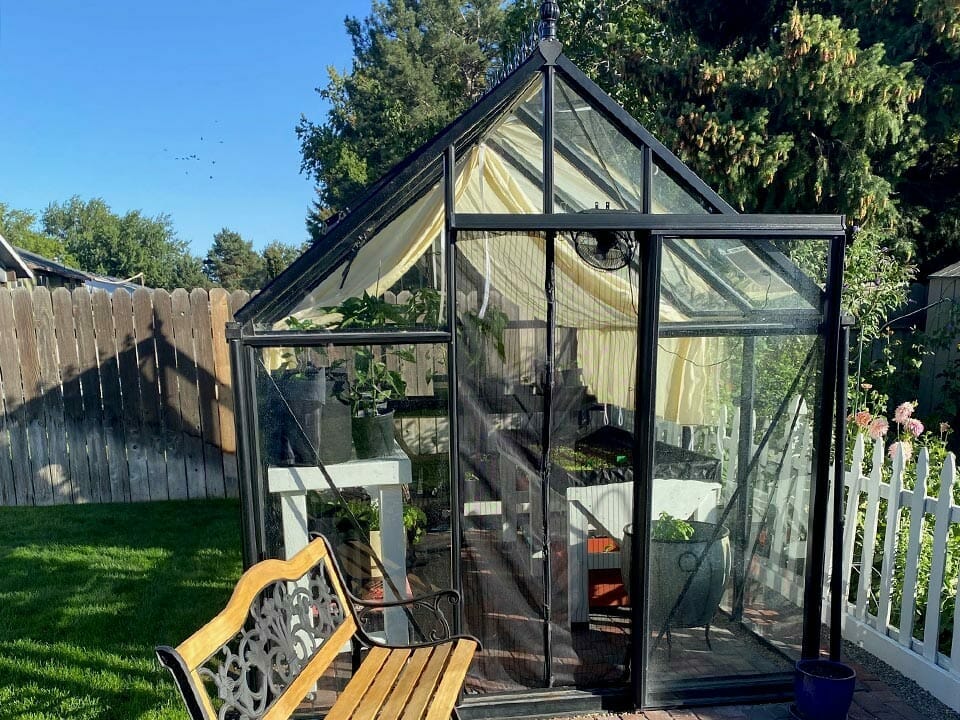
Choose the right design
The design of your greenhouse plays a pivotal role in its ability to retain heat. For instance, the classic peaked-roof style is not only aesthetically pleasing but also practical for shedding rain and snow. On the other hand, Gothic arch or onion-shaped greenhouses, with their pointy rooflines, prevent snow accumulation, ensuring better light distribution during heavy snowfalls.
Materials matter
The materials used in constructing a greenhouse also impact its insulation properties. Insulated glass greenhouses, available at Greenhouse Emporium, offer superior insulation, ensuring a warm environment for plants even in the coldest months.
Consider additional heating
While the greenhouse effect can naturally keep the environment warm, in our experience, extremely cold climates might require additional heating. We offer a range of accessories and tools to help gardeners maintain the desired temperature inside their greenhouses.
Rainwater collection
Some greenhouse designs, like the classic style, allow for rainwater collection. This can be beneficial for your plants and also helps with temperature regulation.
Preparing your greenhouse for the cold season involves a combination of choosing the right design, materials, and positioning, along with ensuring it’s well-sealed and considering additional heating if necessary.
At Greenhouse Emporium, we’re passionate about helping gardeners thrive in every season. Our mission is to assist you in pursuing your gardening passions, no matter the challenges.
Do greenhouses need a heater in winter?
Many greenhouses can benefit from a heater during the colder months, but the need for one depends on several factors. Let’s break them down.
Climate considerations
The primary factor is your local climate. If you’re in an area with mild winters, the natural sunlight and the greenhouse’s design might provide enough warmth. But in regions with harsh winters, additional heating becomes essential. According to our research at Greenhouse Emporium, areas with prolonged periods of freezing temperatures or heavy snowfall often require heaters to maintain optimal growing conditions.
Greenhouse design and materials
As highlighted in our guide, the design and materials of your greenhouse play a significant role in its insulation properties. For instance, our insulated glass greenhouses are designed to offer superior insulation, reducing the need for additional heating. However, even with the best designs, extremely cold nights might necessitate some supplemental heat.
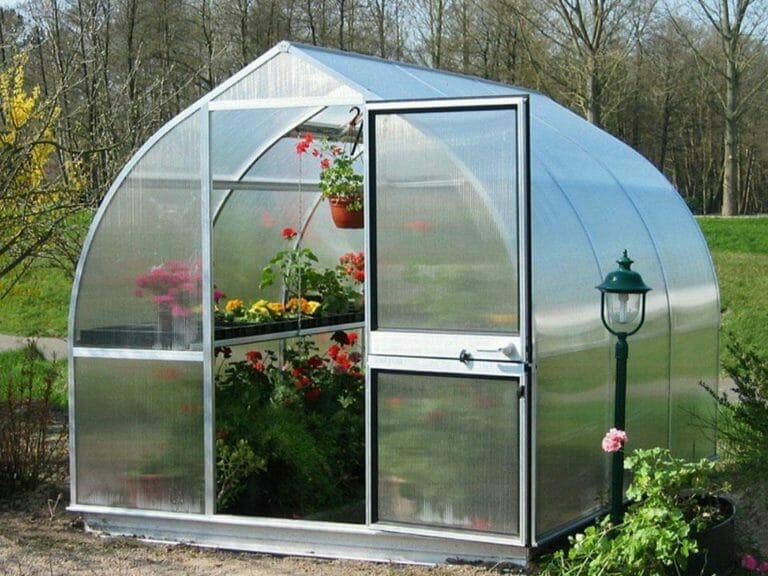
Plant requirements
Different plants have varying temperature needs. Tropical plants, for instance, require warmer conditions compared to hardy winter vegetables. So, the type of plants you’re growing will influence your heating decisions. We recommend checking the specific temperature requirements of your plants and ensuring your greenhouse can maintain those conditions.
Cost and energy efficiency
While heaters can ensure your plants thrive, they also come with energy costs. It’s essential to choose energy-efficient heaters and use them judiciously. At Greenhouse Emporium, we offer a range of energy-efficient heating solutions tailored for greenhouses.
Alternative heating solutions
In our experience, some gardeners use innovative methods to warm their greenhouses without heaters. Techniques like adding thermal mass, using compost, or even positioning water barrels to absorb and radiate heat can be effective. However, for consistent and controlled heating, especially in extreme climates, heaters are often the best choice.
In conclusion, while not every greenhouse will need a heater in winter, many will benefit from one, especially in colder climates. It’s all about ensuring your plants have the environment they need to thrive. If you’re considering adding a heater to your greenhouse or looking for more tailored advice, we at Greenhouse Emporium are always here to help.
What is a heated or unheated greenhouse?
A heated greenhouse has a heating system, while an unheated one relies on the sun and insulation. Both have their merits, and we’ve seen success with each over our decades of experience.
How to keep a greenhouse warm in the winter
Ensuring our greenhouse stays warm during the frosty winter months is paramount for the vitality and growth of our cherished plants. In this section, we’re excited to share with you the methods we’ve trusted over the years to keep temperatures just right, even when it’s snowing outside.
From making the most of nature’s sunlight to adopting cutting-edge insulation methods, we’ve got the strategies to make sure our greenhouse is the perfect sanctuary for plants throughout the winter. Dive in for our hands-on advice and seasoned insights!
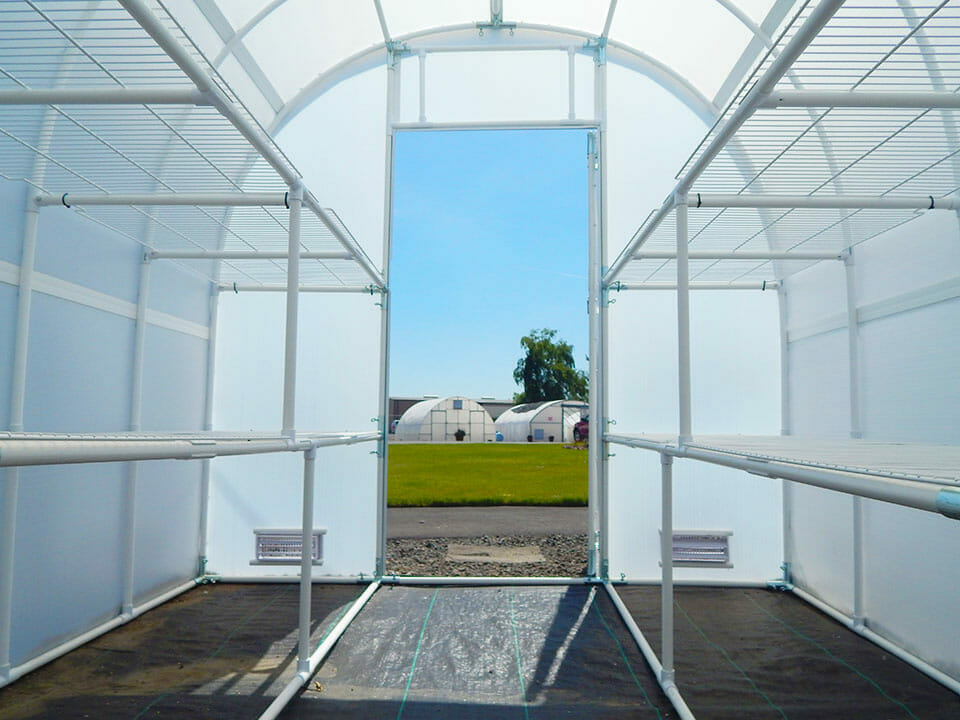
Let the sunshine in
We always emphasize the importance of sunlight. By keeping our greenhouse pristine and strategically positioned, we harness the sun’s warmth to its fullest potential. After all, sunlight is a natural heater, making it essential for greenhouse gardening in winter!
Add thermal mass
We’ve often turned to objects like water barrels or stone floors. They’re fantastic at absorbing heat during the day and radiating it back during the cooler nights. It’s a technique we’ve championed for decades, offering free greenhouse heat.
Use a germination mat
Over the years, we’ve been amazed by the effectiveness of germination mats. They ensure the soil stays warm, helping seeds germinate even when it’s freezing outside. This is especially crucial when considering how to build a winter greenhouse.
Cover up
We’re fans of the classics too! Using frost cloths or bubble wrap provides that extra layer of insulation, keeping the cold at bay. It’s an essential step in winterizing a greenhouse.
Create some compost
We love a dual-purpose solution! Composting within our greenhouse not only benefits the plants but also produces heat. It’s a win-win for both the environment and our green buddies.
Add insulation
We often recommend adding insulating materials, such as bubble wrap or foam boards, to the walls and roofs. It’s all about trapping that precious warmth inside, especially when you’re using the greenhouse to protect plants in winter.
Install a heater
For those of us in particularly frigid areas, investing in a heater has been a game-changer. It’s all about ensuring our plants receive the warmth and comfort they deserve.
Ready to take your winter gardening to the next level? Check out our range of products and let’s grow together!

